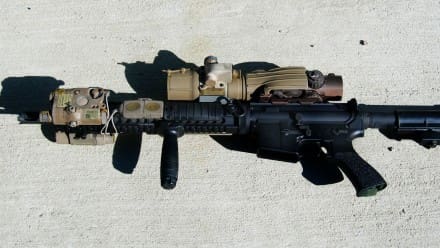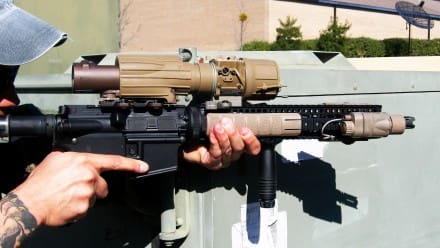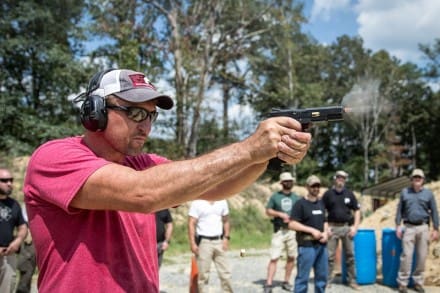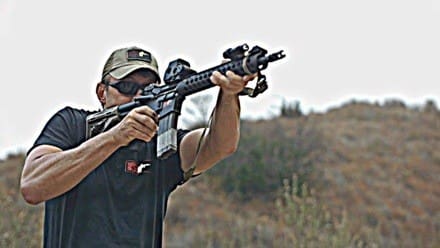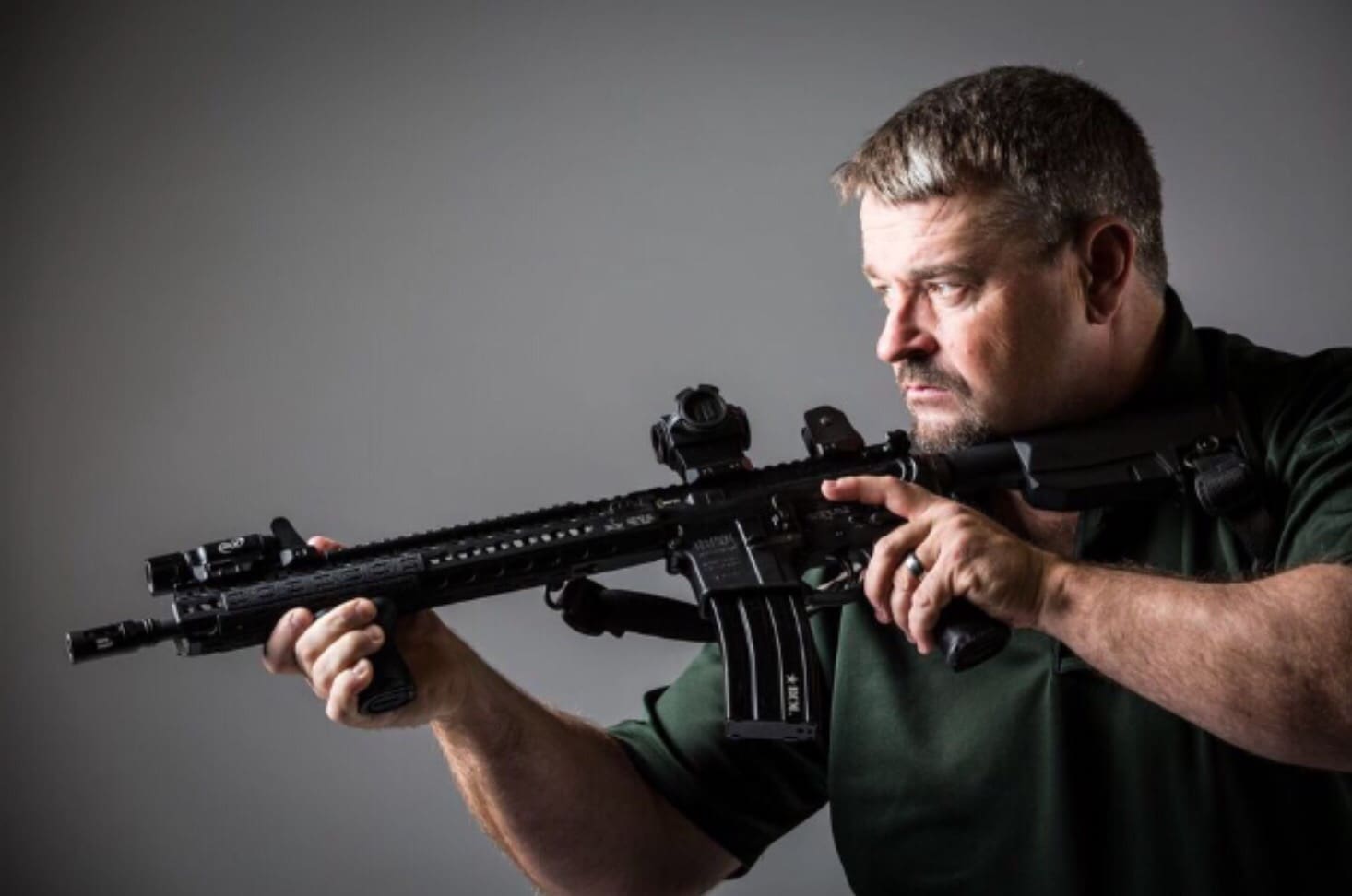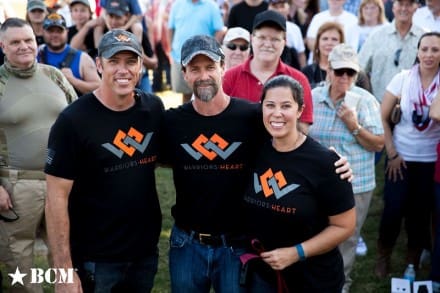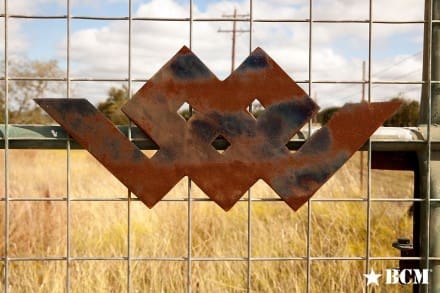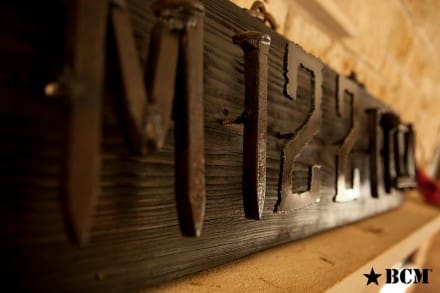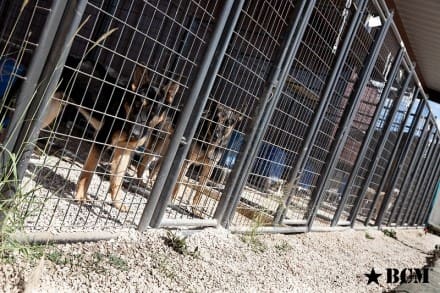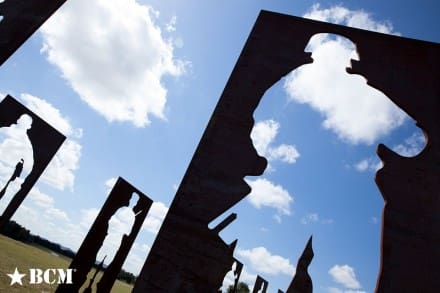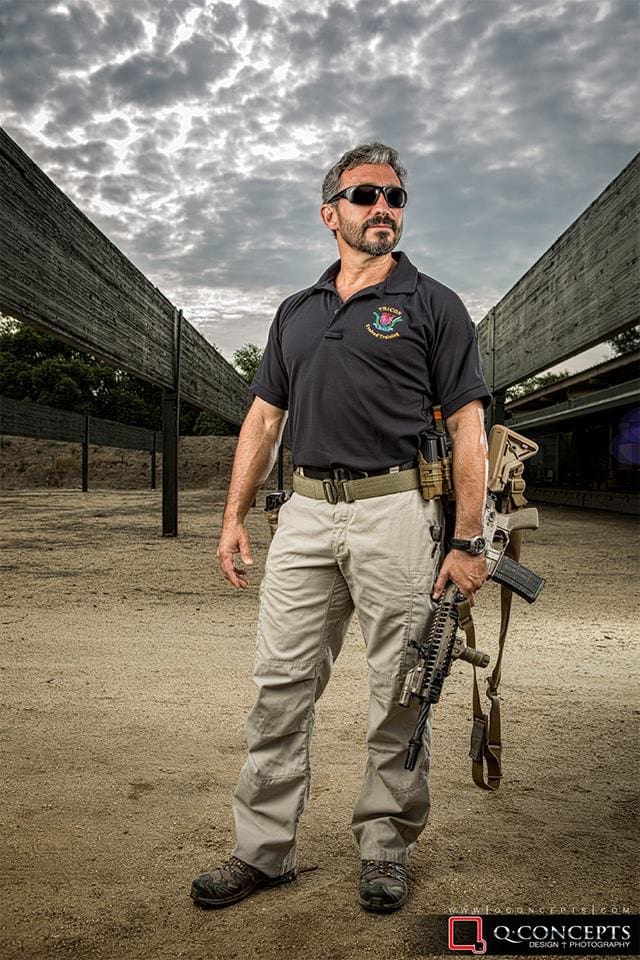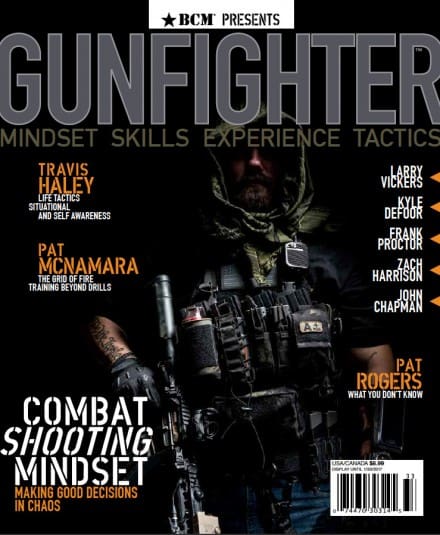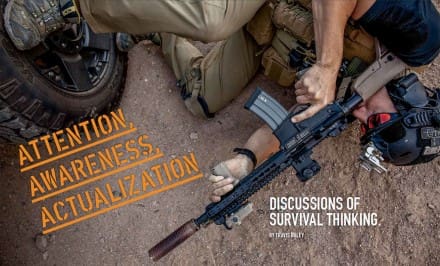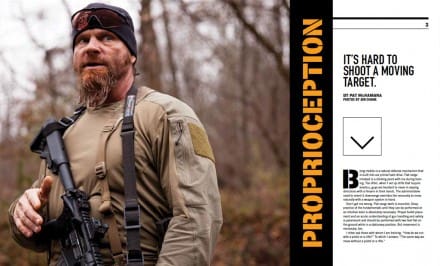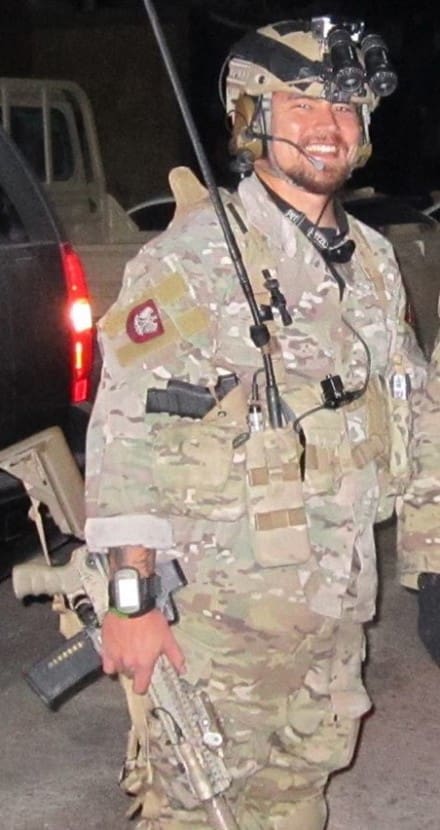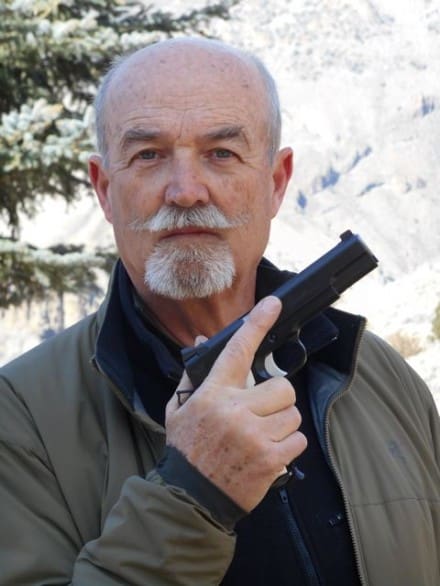Evolving at the Speed of War
In 2007, during the height of the war against extremists in Iraq, I was a sniper with the Commander In-Extremis Force (CIF)[a] operating out of Baghdad. We conducted unilateral operations against HVTs, targeting these as part of a larger task force known as TF-16. While conducting these operations we began identifying inefficiencies in the way we executed our roles as snipers.
An immediate issue was the multitude of different weapon systems and equipment necessary to carry out our main duty during different phases of missions – as snipers, we were tasked with containing the objective prior to a raid, which meant seeking high ground and containing from the top down providing coverage for the assault force. We used .300 Win mag MK13 sniper rifles, which were cumbersome but effective against enemy personnel. However, it was impossible to assault with these weapons, meaning we had to bag them in rifle packs and use carbines to make our way to high ground – complete with accessories and combat loads of ammunition.
Our carbines utilized SOPMOD accessories – but on a 16-inch long M4 with a 6-inch picatinny rail, fitting a light, optics, BUI sights, lasers, and pressure pads as well as a universal night sight proved difficult. We had to work out how to overcome this issue, and work out a way to optimize and evolve our equipment to allow us to conduct an offset, assault a target and provide adequate coverage in and around a 300-meter area, even at night.
We began work on optimizing a Designated Marksman Rifle (DMR), chambered in 5.56mm, that not only met but far exceeded these requirements. We purchased and mounted free-floating 15-inch rails, and had the JSOC armor optimized to in order to keep a 75g Hornady round as flat as possible. In testing at Accuracy First in Canadian, Texas, we found the rifle successful at a thousand meters, after deciding on an optic setup that brought the whole package together.
After extensive testing we had a rifle that gave us a platform allowing us not only to assault, but to effectively engage targets at a distance, at night. This was put to the test on a rooftop in Sadr City in 2007 when my senior and I, a legend in the sniper community named ‘Irish,’ took a shot from a couple of hundred meters out on a maneuvering insurgent after clearing the house. I looked at him, he looked at me and we shook our heads in mutual agreement. Our hard work had paid off.
– Mike Glover
FieldCraft LLC
A former Special Forces disabled veteran with more than 18 years of military service, Mike has operated at the highest levels of Special Forces. Deploying 15 times to combat theaters, he has served in the following positions: SF Weapons Specialist, SF Sniper, SF Assaulter/Operator, SF Recon Specialist, SF Joint Terminal Air Controller (JTAC), SF Team Sgt, and SF Operations SGM.
Mike is a certified U.S. Government federal firearms instructor, and has also has trained mobility with Team O’Neil Rally School, BSR Racing, and BW drivers courses. He is medically trained every two years in Advanced Medical Trauma and continually maintains his re-certifications for consultation practices.
Considered a Subject Matter Expert (SME) in planning and executing Special Operations in a myriad of complex environments, Mike has taken his 18 years of experience and is giving the American citizen the applicable training tools and training necessary to better protect themselves and their families here and abroad.
Mike has a Bachelors degree in Crisis management and homeland security with American Military University and is pursuing his masters in military history.
Mike currently lives in northern California, where he continues to consult for the U.S. Government in security and firearms instruction.
Gunfighter Moment is a weekly feature brought to you by Bravo Company USA. Bravo Company is home of the Gunfighters, and each week they bring us a different trainer to offer some words of wisdom.


